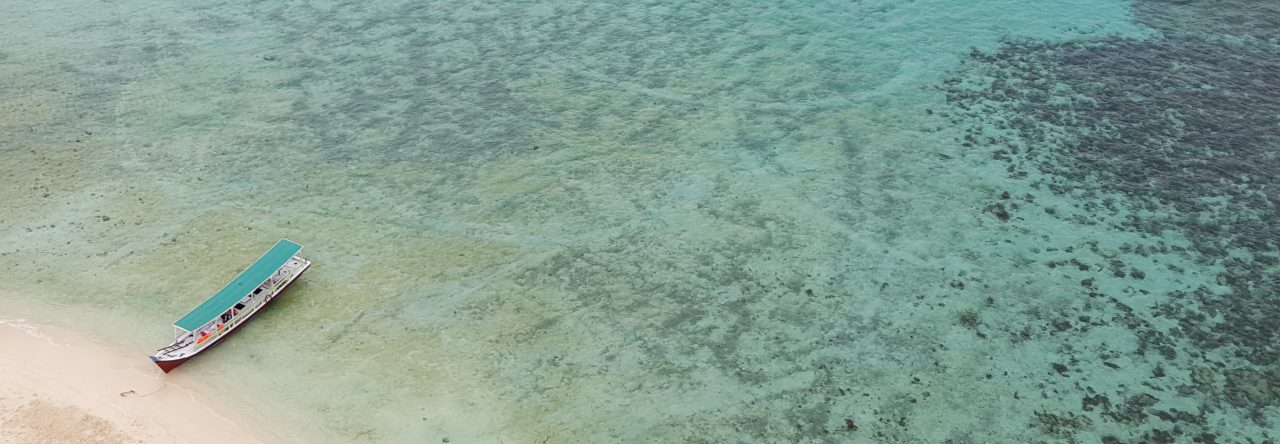Fitrian Ardiansyah , Jakarta Post, Copenhagen, Road to Copenhagen | Tue, 12/22/2009 9:59 AM | Environment
After two years of formal negotiations, countries under the UN Framework Convention on Climate Change (UNFCCC) have “agreed to take note of” the Copenhagen Accord, without committing to accept it.
Countries wrangled and played hardball until the very last minute to produce a political but non-binding document crafted by the world leaders.
Falling sharply short of what we need – a fair, ambitious, legally binding global climate agreement — the Copenhagen COP (Conference of Parties)-15 with its Accord does still provide some real additions to ongoing negotiations.
Nevertheless, this political agreement does not offer a clear global greenhouse gas (GHG) emission reduction target for 2020 and 2050, in particular for developed countries.
Under the annex of the Accord, developed countries will make individual pledges to reduce their GHG emissions. However, they are not required to provide an aggregate target, and there are also no targets for 2020 or 2050.
Unfortunately, the current pledges on the table right now may not be sufficient to hold global warming to no more than 2 degrees Celsius. Unless more stringent targets and actions are committed to in the future, pledges may lead instead to a global average temperature rise of 3.9 degrees Celsius.
To prevent global warming from exceeding 2 degrees Celsius, industrialized countries need to commit to reducing their emissions by 40 percent by 2020, compared to 1990 levels.
Therefore, all countries need to continue pushing and lobbying industrialized countries into reducing their emissions.
The big question is whether the Accord can be used as the basis for forging the future legal instrument building on the Kyoto Protocol, including the aspects of compliance and enforcement, so that developed countries, such as the US, will commit to stronger GHG emissions reduction targets.
Governments under the UNFCCC in 2010 need to create a legally binding framework with an amended Kyoto Protocol, and strengthen this Accord leading to a new Protocol, which secures the survival of countries, cultures and ecosystems.
The Accord includes an annex of developing countries’ contribution to emissions reduction under the Nationally Appropriate Mitigation Actions (NAMAs). However, the Accord does not allude to long-term plans assisting countries in migrating to low-carbon economies from now to 2050.
To secure this pathway, developing countries need to agree on taking significant action to reduce their emissions to at least 30 percent less than business-as-usual (BAU) by 2020.
Another crucial angle of the Accord is the provision of a climate fund with goals for short-term and 2020 financing.
Some US$30 billion was committed to helping developing countries adapt to climate change, including in the forestry sector, with longer-term financing possibly reaching up to $100 billion by 2020.
A Copenhagen Green climate fund will be created as an operating entity to administer this financial scheme.
This is a good sign, as for many years, it has proved difficult to obtain financial commitment from developed countries to help developing countries tackle climate change.
However, the Accord has yet to elaborate on the sources of this financing. It is still unclear how much will come from carbon markets or public finance.
All countries, including Indonesia, the refore need to push for more detail on financing arrangements in 2010.
Another breakthrough in the Accord was the compromised reached between developed and developing countries regarding the measurement, reporting and verification (MRV) of actions aimed at mitigating climate change.
This hopefully will ensure that commitments pledged by countries will be realized in a more transparent way.
Assessments will be carried out through international consultation and analysis based on information provided by individual countries. The overall assessment of the implementation of this Accord shall be completed by 2015.
For Indonesia, another sign of hope is the recognition – in the Accord – of the crucial role of REDD-plus – reducing emission from deforestation and forest degradation.
Overall, the Copenhagen Accord is still miles away from guaranteeing a safer future for our current and next generations.
Outcomes from Copenhagen’s COP-15 in Copenhagen were lower than expected. But time, however, is limited, hence there is no turning back.
Countries around the world need to work harder to transform the Accord into a stronger legally binding agreement, an agreement that will equip us politically and financially to cope with climate challenges at global, national and local levels.
The writer is program director of climate & energy at WWF-Indonesia, and adjunct lecturer at Paramadina Graduate School of Diplomacy. He can be reached at fardiansyah@wwf.or.id
Original link: http://www.thejakartapost.com/news/2009/12/22/lower-expected-no-turning-back.html

